- Clone
- SMI 31 (See other available formats)
- Regulatory Status
- RUO
- Other Names
- Neurofilament heavy polypeptide, NF-H, 200 kD neurofilament protein, neurofilament triplet H protein
- Previously
-
Covance Catalog# SMI 31P
- Isotype
- Mouse IgG1, κ
- Ave. Rating
- Submit a Review
- Product Citations
- publications

-

IHC staining of purified anti-Neurofilament H (NF-H), Phosphorylated antibody (clone SMI 31) on formalin-fixed paraffin-embedded mouse brain tissue. Following antigen retrieval using Retrieval-ALL Antigen Unmasking System 3 (Cat. No. 927601), the tissue was incubated with 1 µg/ml of the primary antibody overnight at 4°C. BioLegend’s Ultra Streptavidin (USA) HRP Detection Kit (Multi-Species, DAB, Cat. No. 929901) was used for detection followed by hematoxylin counterstaining, according to the protocol provided. The image was captured with a 40X objective. -

IHC staining of purified anti-Neurofilament H (NF-H), Phosphorylated antibody (clone SMI 31) on formalin-fixed paraffin-embedded rat brain tissue. After antigen retrieval using Retrieval-ALL Antigen Unmasking System 3 (Cat. No. 927601), the tissue was incubated with 5 µg/mL of the primary antibody overnight at 4°C followed by incubation with 2.5 µg/ml of Alexa Fluor® 594 goat anti-mouse IgG for one hour at room temperature. The image was captured with a 40X objective. -

Western blot of purified anti-Neurofilament H (NF-H), Phosphorylated antibody (clone SMI 31). Lane 1: Molecular weight marker; Lane 2: 20 µg of human brain lysate; Lane 3: 20 µg of mouse brain lysate; Lane 4: 20 µg of rat brain lysate. The blots were incubated with 1 µg/mL of SMI 31 or mouse IgG1 overnight at 4°C, followed by incubation with HRP-labeled goat anti-mouse IgG (Cat. No. 405306). Direct-Blot™ HRP anti-Tubulin Beta 3 (TUBB3) antibody (clone AA10, Cat. No. 657409) was used as a loading control. Enhanced chemiluminescence was used as the detection system. -
IHC staining of purified anti-Neurofilament H (NF-H), Phosphorylated antibody (clone SMI 31) on formalin-fixed paraffin-embedded rat brain tissue. Following antigen retrieval using Retrieval-ALL Antigen Unmasking System 3 (Cat. No. 927601), the tissue was incubated with 1 µg/ml of the primary antibody overnight at 4°C. BioLegend´s Ultra Streptavidin (USA) HRP Detection Kit (Multi-Species, DAB, Cat. No. 929901) was used for detection followed by hematoxylin counterstaining, according to the protocol provided. The image was captured with a 40X objective. -

ICC staining of purified anti-Neurofilament H (NF-H), Phosphorylated antibody (clone SMI 31) on SH-SY5Y neuroblastoma cells. The cells were fixed with 4% PFA, permeabilized with a buffer containing 0.1% Triton X-100 and 0.25% BSA, and blocked with 2% normal goat serum and 0.02% BSA. The cells were then incubated with 1 µg/ml of the primary antibody overnight at 4°C, followed by incubation with 2.5 µg/ml of Alexa Fluor® 594 goat anti-mouse IgG for one hour at room temperature. The image was captured with a 40X objective 0.02% BSA. The cells were then incubated with 1 µg/ml of the primary antibody overnight at 4°C, followed by incubation with 2.5 µg/ml of Alexa Fluor® 594 goat anti-mouse IgG for one hour at room temperature. The image was captured with a 40X objective. -
Paraformaldehyde-perfused GFP mouse cerebellum was permeabilized with PBS-Triton X (0.4%) for 30 minutes, and heat-induced antigen retrieval was performed with pH 6.0 sodium citrate. Slides were blocked with 10% donor horse serum for one hour, then stained with 0.5 - 2 µg/mL of purified anti-Neurofilament H (NF-H), Phosphorylated antibody (clone SMI 31, red) along with NF200 monoclonal antibody (blue). After washing, sections were stained with 1:200 secondary antibody. Credit: Dr. Michael R Williams, Luikart Lab, Dartmouth College.
| Cat # | Size | Price | Save |
|---|---|---|---|
| 801602 | 25 µL | ¥24,640 | |
| 801601 | 100 µL | ¥60,720 |
Neurofilaments (NF) are approximately 10 nanometer intermediate filaments found in neurons. They are a major component of the neuronal cytoskeleton, and function primarily to provide structural support for the axon and to regulate the axon diameter. There are three major NF subunits, and the names given to these subunits are based upon the apparent molecular mass of the mammalian subunits on SDS-PAGE. The light or lowest NF (NF-L) runs at 68-70 kD. The medium or middle NF (NF-M) runs at about 145-160 kD, and the heavy or highest NF (NF-H) runs at 200-220 kD. However, the actual molecular weight of these proteins is considerably lower due to the highly charged C-terminal regions of the molecules. The level of NF gene expression correlates with the axonal diameter, which controls how fast electrical signals travel down the axon. Mutant mice with NF abnormalities have phenotypes resembling amyotrophic lateral sclerosis. NF immunostaining is common in diagnostic neuropathology. It is useful for differentiating neurons (positive for NF) from the glia (negative for NF).
Product DetailsProduct Details
- Verified Reactivity
- Human, Mouse, Rat
- Antibody Type
- Monoclonal
- Host Species
- Mouse
- Formulation
- Phosphate-buffered solution + Thimerosal.
- Preparation
- The antibody was purified by affinity chromatography.
- Concentration
- 1 mg/ml
- Storage & Handling
- The antibody solution should be stored undiluted between 2°C and 8°C. Please note the storage condition for this antibody has been changed from -20°C to between 2°C and 8°C. You can also check your vial or your CoA to find the most accurate storage condition for this antibody.
- Application
-
IHC-P - Quality tested
WB, ICC - Verified - Recommended Usage
-
Each lot of this antibody is quality control tested by formalin-fixed paraffin-embedded immunohistochemical staining. For immunohistochemistry, a concentration range of 1.0 - 5.0 µg/ml is suggested. For Western blotting, the suggested use of this reagent is 1.0 - 5.0 µg/ml. For immunocytochemistry, the suggested use of this reagent is 1.0 - 5.0 µg/ml. It is recommended that the reagent be titrated for optimal performance for each application.
- Application Notes
-
Additional reported applications (for the relevant formats) include: Western blotting1, immunohistochemistry2,4, and immunocytochemistry4.
SMI 31 reacts with a phosphorylated epitope in extensively phosphorylated neurofilament H and, to a lesser extent, with neurofilament M in most mammalian species, which chicken and frog (Xenopus). Immunocytochemically, SMI 31 reacts broadly with thick and thin axons and some dendrites such as basket cell dendrites, but not Purkinje cell dendrites. Nerve cell bodies are generally unreactive. Other cells and tissues are unreactive except for peripheral axons. Phosphatase treatment of tissue sections or Western blots abolishes reaction with SMI 31. Staining is unaffected by trypsin. In pathological conditions, reaction with SMI 31 may be found also in neuronal cell bodies. Aberrant phosphorylation of neurofilament H in cell bodies can be demonstrated in neuronal cell cultures with SMI 31 by agents that induce stress-activated protein kinase. In its reaction with paired helical filaments in hereditary inclusion body myopathy, SMI 31 colocalizes with nitric oxide synthase, suggesting that oxidative stress may play a role in the pathogenic cascade of such degenerative diseases. SMI 31 co-immunoprecipitates neurofilament-associated kinase (NAK 115) via reaction of the antibody with the tail domain of neurofilament H. -
Application References
(PubMed link indicates BioLegend citation) - Product Citations
-
- RRID
-
AB_2564641 (BioLegend Cat. No. 801602)
AB_2564641 (BioLegend Cat. No. 801601)
Antigen Details
- Structure
- Neurofilament H has an apparent molecular mass of 200-220 kD.
- Distribution
-
Tissue distribution: CNS, peripheral nerves and glandular cells of the prostate.
Cellular distribution: Cytoskeleton, nucleus, cytosol, and mitochondrion. - Function
- Neurofilaments are the major components of the neuronal cytoskeleton. They provide axonal support and regulate axon diameter.
- Interaction
- Cell bodies and dendrites are generally unstained. Other cells and tissues are unreactive except for peripheral axons.
- Cell Type
- Mature Neurons
- Biology Area
- Cell Biology, Neuroscience, Neuroscience Cell Markers
- Molecular Family
- Intermediate Filaments, Phospho-Proteins
- Antigen References
-
1. Petzold A. 2005. J. Neurol. Sci. 233 (1-2):183. PubMed
- Gene ID
- 4744 View all products for this Gene ID
- Specificity (DOES NOT SHOW ON TDS):
- Neurofilament H
- Specificity Alt (DOES NOT SHOW ON TDS):
- Neurofilament H (NF-H), Phosphorylated
- App Abbreviation (DOES NOT SHOW ON TDS):
- IHC-P,WB,ICC
- UniProt
- View information about Neurofilament H on UniProt.org
Related Pages & Pathways
Pages
Other Formats
View All Neurofilament H (NF-H), Phosphorylated Reagents Request Custom Conjugation| Description | Clone | Applications |
|---|---|---|
| Purified anti-Neurofilament H (NF-H), Phosphorylated | SMI 31 | IHC-P,WB,ICC |
| Biotin anti-Neurofilament H (NF-H), Phosphorylated | SMI 31 | IHC-P,WB |
| Alexa Fluor® 594 anti-Neurofilament H (NF-H), Phosphorylated | SMI 31 | IHC-P |
| Alexa Fluor® 488 anti-Neurofilament H (NF-H), Phosphorylated | SMI 31 | IHC-P |
| Alexa Fluor® 647 anti-Neurofilament H (NF-H), Phosphorylated | SMI 31 | IHC-P |
| Spark YG™ 570 anti-Neurofilament H (NF-H), Phosphorylated | SMI 31 | IHC-P,IHC-F |
Customers Also Purchased
Compare Data Across All Formats
This data display is provided for general comparisons between formats.
Your actual data may vary due to variations in samples, target cells, instruments and their settings, staining conditions, and other factors.
If you need assistance with selecting the best format contact our expert technical support team.
-
Purified anti-Neurofilament H (NF-H), Phosphorylated

IHC staining of purified anti-Neurofilament H (NF-H), Phosph... 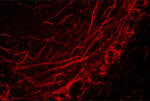
IHC staining of purified anti-Neurofilament H (NF-H), Phosph... 
Western blot of purified anti-Neurofilament H (NF-H), Phosph... IHC staining of purified anti-Neurofilament H (NF-H), Phosph... Paraformaldehyde-perfused GFP mouse cerebellum was permeabil... 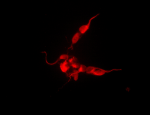
ICC staining of purified anti-Neurofilament H (NF-H), Phosph... -
Biotin anti-Neurofilament H (NF-H), Phosphorylated
IHC staining of anti-Neurofilament H (NF-H), Phosphorylated ... 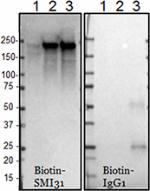
Western blot of anti-Neurofilament H (NF-H), Phosphorylated ... -
Alexa Fluor® 594 anti-Neurofilament H (NF-H), Phosphorylated
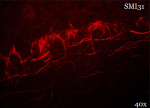
IHC staining of Alexa Fluor® 594 anti-Neurofilament H (NF-H... -
Alexa Fluor® 488 anti-Neurofilament H (NF-H), Phosphorylated
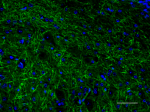
IHC staining of Alexa Fluor® 488 anti-Neurofilament H (NF-H)... 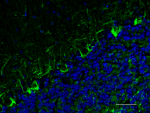
IHC staining of Alexa Fluor® 488 anti-Neurofilament H (NF-H)... -
Alexa Fluor® 647 anti-Neurofilament H (NF-H), Phosphorylated

IHC staining of Alexa Fluor® 647 anti-Neurofilament H (NF-H)... 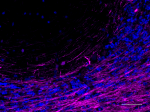
IHC staining of Alexa Fluor® 647 anti-Neurofilament H (NF-H)... 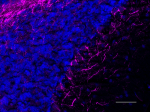
IHC staining of Alexa Fluor® 647 anti-Neurofilament H (NF-H)... 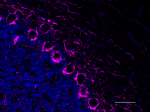
IHC staining of Alexa Fluor® 647 anti-Neurofilament H (NF-H)... -
Spark YG™ 570 anti-Neurofilament H (NF-H), Phosphorylated
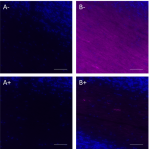
IHC staining of Spark YG™ 570 anti-Neurofilament H (NF-H), P... 
IHC staining of Spark YG™ 570 anti-Neurofilament H (NF-H), P... 
IHC staining of Spark YG™ 570 anti-Neurofilament H (NF-H), P...






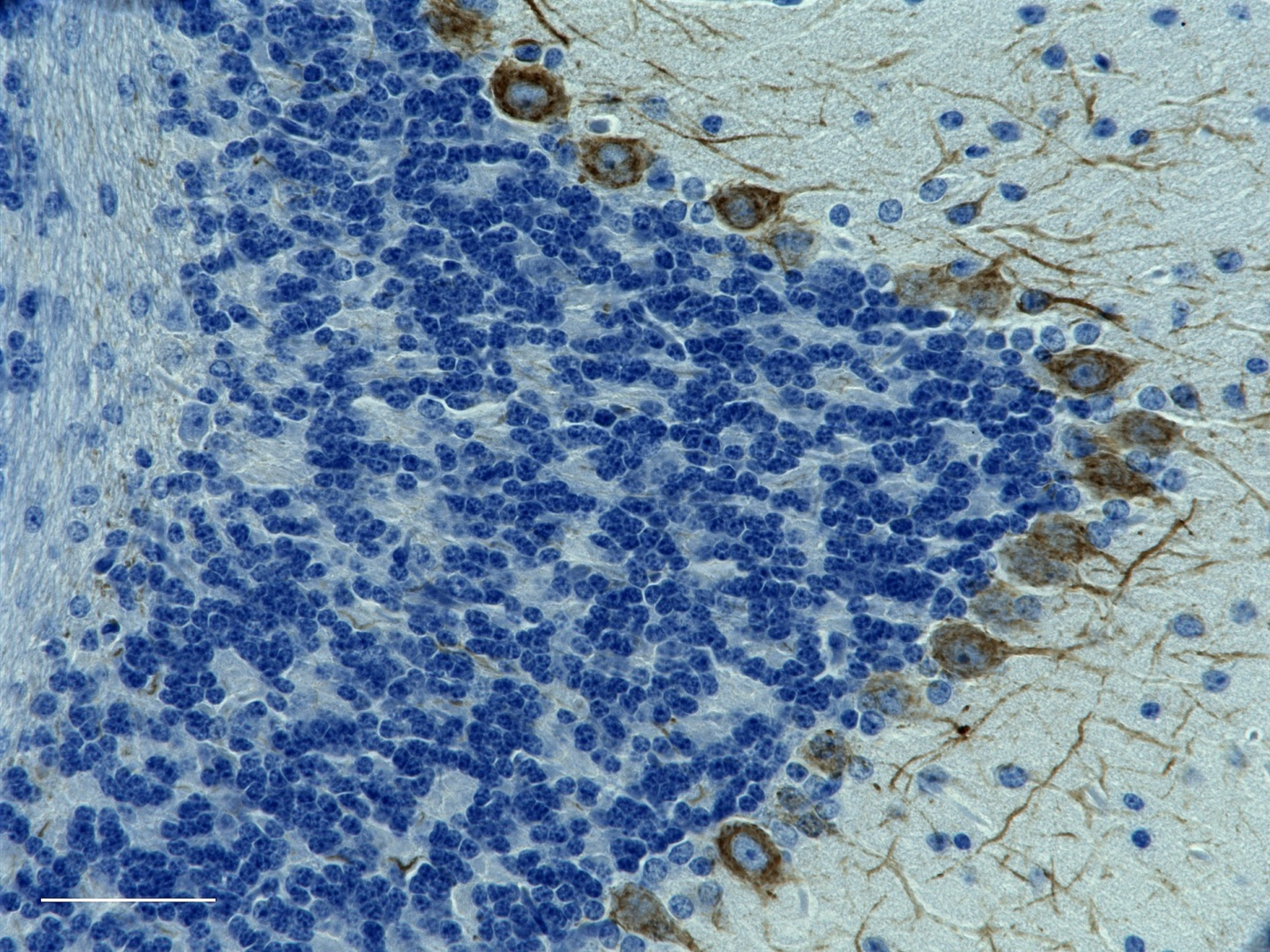
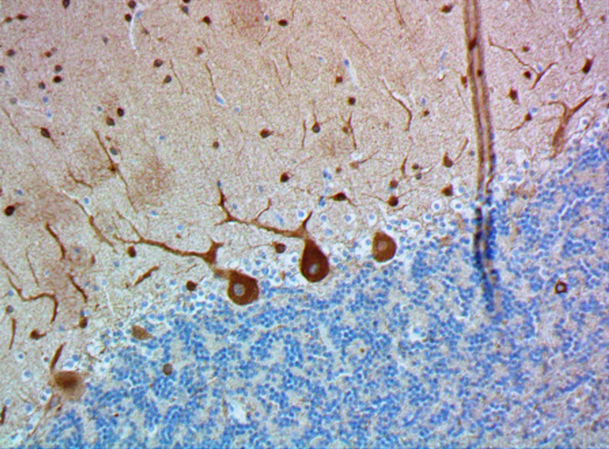


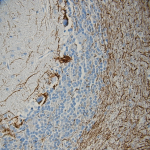

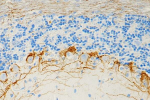



Follow Us